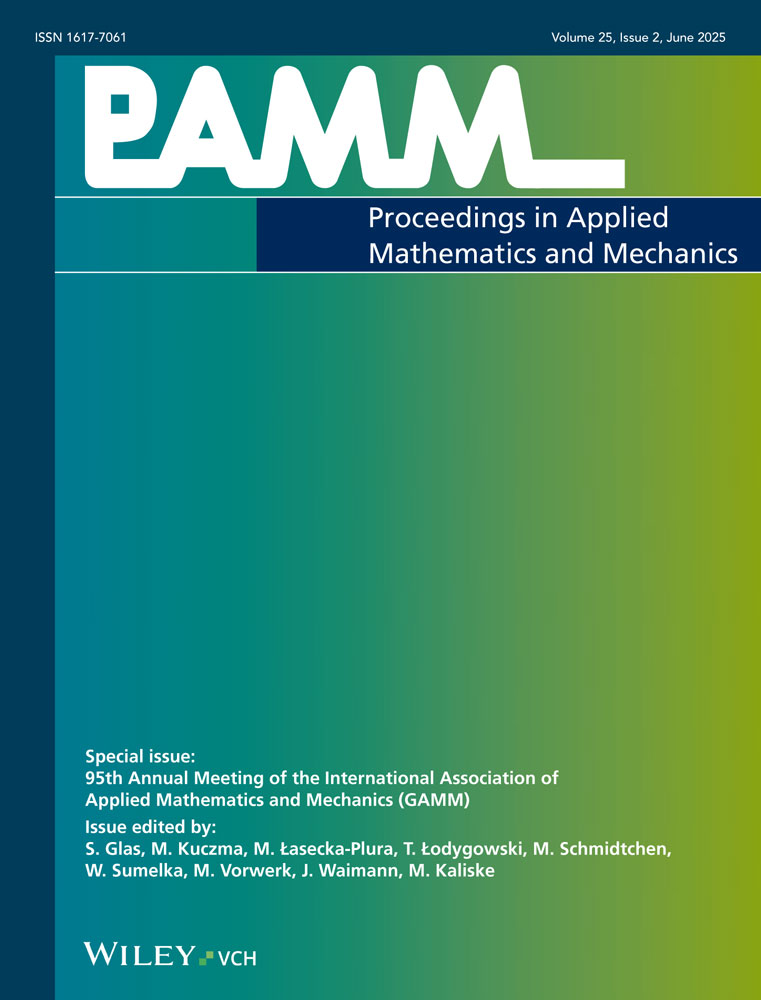Deformed gap space using macro-micro FEA model and transferred into a CFD model
Abstract
Using a cylindrical nozzle and seat of a Pressure Relief Valve (PRV) the surface form and waviness is modelled using actual metrological data i. e. average surface form and waviness (Wa and Wsm) in a  symmetry manner. To model the surface waviness the technique used is based on the summing technique created by Tsukizoe & Hisakado [1, 2] for micro contact analysis. Due to the actual surface form measurements being in the micro-meter range, the model is required to incorporate micro and macro-meter dimensions. The material in question is stainless steel. The deformed finite element analysis model is then transferred into a CAD geometry allowing the void space to be meshed and solved using computational fluid dynamics. © 2016 Wiley-VCH Verlag GmbH & Co. KGaA, Weinheim)
symmetry manner. To model the surface waviness the technique used is based on the summing technique created by Tsukizoe & Hisakado [1, 2] for micro contact analysis. Due to the actual surface form measurements being in the micro-meter range, the model is required to incorporate micro and macro-meter dimensions. The material in question is stainless steel. The deformed finite element analysis model is then transferred into a CAD geometry allowing the void space to be meshed and solved using computational fluid dynamics. © 2016 Wiley-VCH Verlag GmbH & Co. KGaA, Weinheim)




